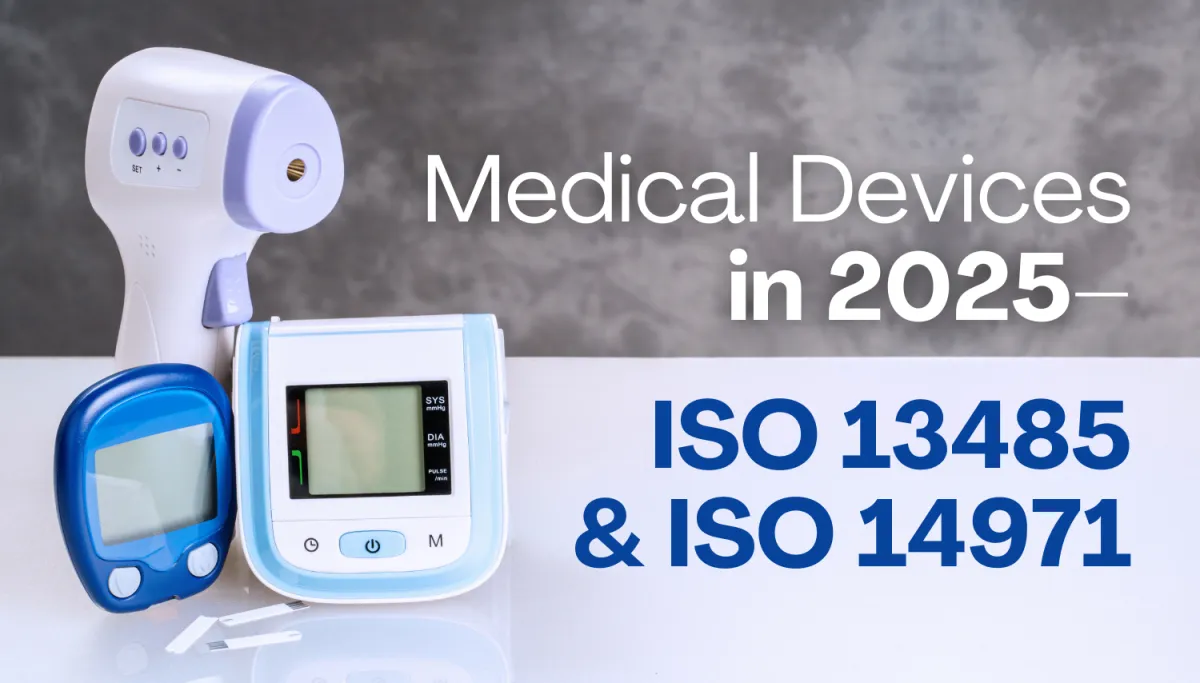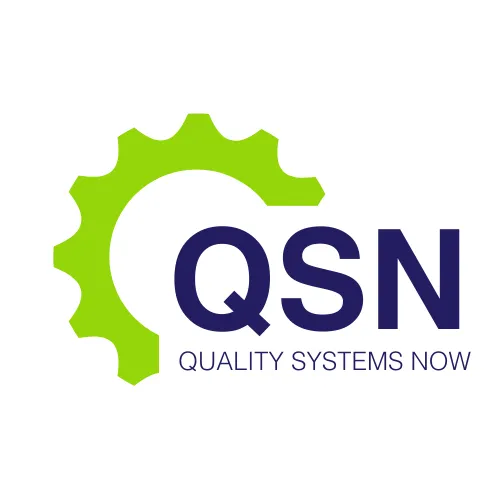NEWS

Medical Devices in 2025 – ISO 13485 and ISO 14971
The medical device industry in 2025 is defined by rapid technological advancements, heightened regulatory scrutiny, and an unwavering focus on patient safety and product quality. In this dynamic landscape, adherence to international standards such as ISO 13485 and ISO 14971 has become indispensable. These standards provide a robust framework for quality management and risk management, ensuring that medical devices meet the highest standards of safety, efficacy, and reliability.
At Quality Systems Now we support our clients navigating the regulatory environment in the medical device industry.
This article examines the current state of ISO 13485 and ISO 14971 in 2025, their significance, and the challenges and opportunities they present for manufacturers, regulators, and healthcare providers.
The Role of ISO 13485 in 2025
Overview of ISO 13485
ISO 13485 is the globally recognized standard for quality management systems (QMS) in the medical device industry. It outlines requirements for the design, development, production, and distribution of medical devices, emphasizing risk management, regulatory compliance, and continuous improvement. In 2025, ISO 13485 remains a cornerstone of the industry, ensuring that medical devices consistently meet customer and regulatory expectations.
Key Developments in 2025
The year 2025 has already brought significant updates to ISO 13485, reflecting the evolving needs of the medical device industry. Key developments include:
Integration with Digital Health Technologies: The proliferation of digital health technologies, such as wearable devices, telemedicine platforms, and AI-driven diagnostics, has necessitated updates to ISO 13485. The standard now includes comprehensive guidelines for software development, cybersecurity, and data integrity, ensuring the safety and effectiveness of digital medical devices.
Global Harmonization: As the medical device market continues to expand globally, ISO 13485 has become a unifying framework for regulatory compliance. In 2025, the standard facilitates smoother market access by aligning with diverse regulatory requirements, reducing the burden on manufacturers and promoting international trade.
Enhanced Supply Chain Resilience: The disruptions caused by the COVID-19 pandemic and subsequent geopolitical tensions have underscored the importance of supply chain resilience. ISO 13485 now mandates rigorous supplier evaluation, risk assessment, and contingency planning, ensuring that manufacturers can maintain product quality even in the face of supply chain challenges.
Strengthened Post-Market Surveillance: Post-market surveillance has become a critical component of quality management in 2025. ISO 13485 requires manufacturers to implement robust systems for real-world data collection, adverse event reporting, and proactive risk management, ensuring that safety issues are identified and addressed promptly.
The Role of ISO 14971 in 2025
Overview of ISO 14971
ISO 14971 is the international standard for risk management in medical devices. It provides a systematic approach to identifying, evaluating, and mitigating risks throughout the lifecycle of a medical device. In 2025, ISO 14971 continues to play a pivotal role in ensuring patient safety and regulatory compliance.
Key Developments in 2025
We are seeing significant advancements in ISO 14971, driven by emerging technologies and evolving regulatory expectations. Key developments include:
Addressing AI and Machine Learning Risks: The widespread adoption of AI and machine learning in medical devices has introduced new risks, such as algorithmic bias and data privacy concerns. ISO 14971 now includes specific guidelines for risk assessment and mitigation in AI-driven devices, ensuring their safe and ethical use.
Lifecycle Approach to Risk Management: Risk management is no longer a one-time activity but an ongoing process that spans the entire lifecycle of a medical device. ISO 14971 emphasizes the importance of continuous risk monitoring and updates, ensuring that manufacturers can adapt to new information and emerging risks.
Patient-Centric Risk Management: In 2025, ISO 14971 places greater emphasis on patient-centric risk management. This involves incorporating patient perspectives and needs into risk assessment processes, considering factors such as device usability, patient adherence, and the impact of cultural and socioeconomic factors on device safety.
Regulatory Convergence: Regulatory agencies worldwide have adopted ISO 14971 as the benchmark for risk management, leading to greater consistency in regulatory expectations. This convergence has simplified compliance for manufacturers and facilitated faster market access for innovative medical devices.
Challenges and Opportunities in 2025
Challenges
Complexity of Compliance: The evolving requirements of ISO 13485 and ISO 14971 have increased the complexity of compliance, particularly for small and medium-sized enterprises (SMEs). Manufacturers must invest in training, technology, and infrastructure to meet these standards, which can be resource-intensive.
Rapid Technological Advancements: The pace of technological innovation in the medical device industry poses challenges for standardization. Regulators and standards organizations must work closely with industry stakeholders to ensure that ISO 13485 and ISO 14971 remain relevant and effective in addressing emerging risks.
Global Supply Chain Disruptions: Ongoing disruptions in global supply chains, exacerbated by geopolitical tensions and climate change, require manufacturers to adopt more flexible and resilient risk management strategies.
Opportunities
Enhanced Patient Safety: By adhering to ISO 13485 and ISO 14971, manufacturers can improve the safety and quality of medical devices, reducing the risk of adverse events and enhancing patient outcomes.
Market Access and Competitiveness: Compliance with these standards enables manufacturers to access global markets and demonstrate their commitment to quality and safety, giving them a competitive edge.
Innovation and Collaboration: The integration of ISO 13485 and ISO 14971 with emerging technologies drives innovation in the medical device industry. Collaboration between manufacturers, regulators, and standards organizations fosters the development of best practices and new solutions for risk management.
ISO 13485 and ISO 14971 remain indispensable standards for the medical device industry. Their evolution reflects the changing landscape of healthcare, incorporating advancements in digital health, AI, and patient-centric care. While challenges such as compliance complexity and supply chain disruptions persist, the opportunities for enhancing patient safety, market access, and innovation are immense.
Manufacturers, regulators, and healthcare providers must continue to work together to ensure that these standards meet the needs of the industry and, most importantly, the patients who rely on safe and effective medical devices.
